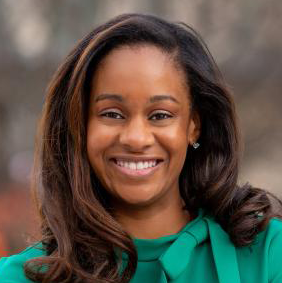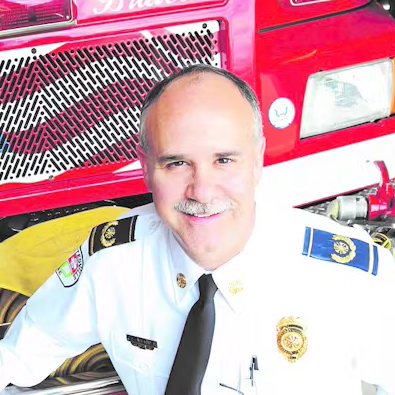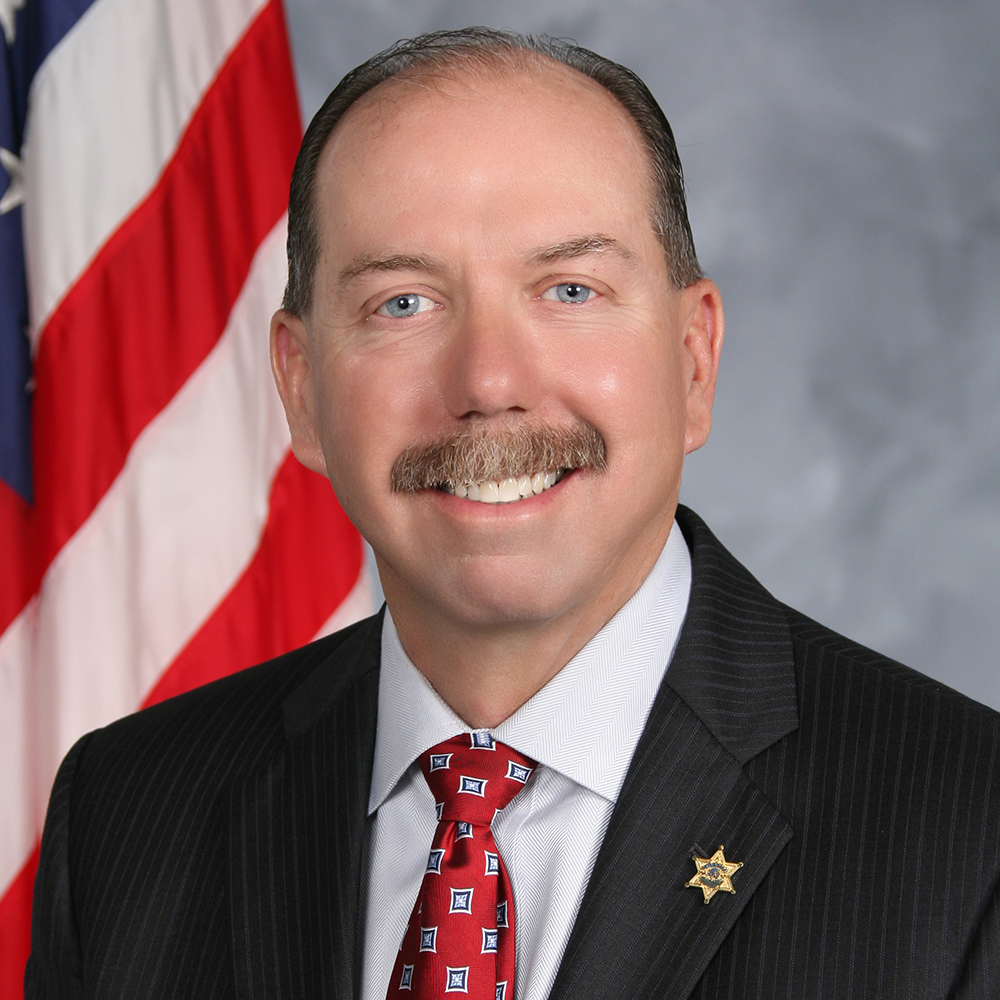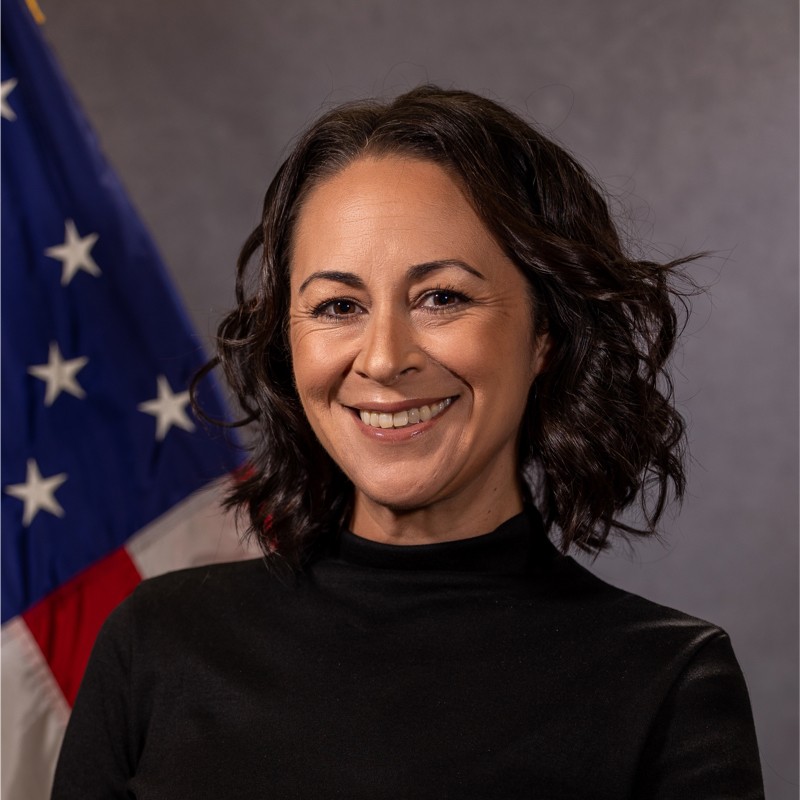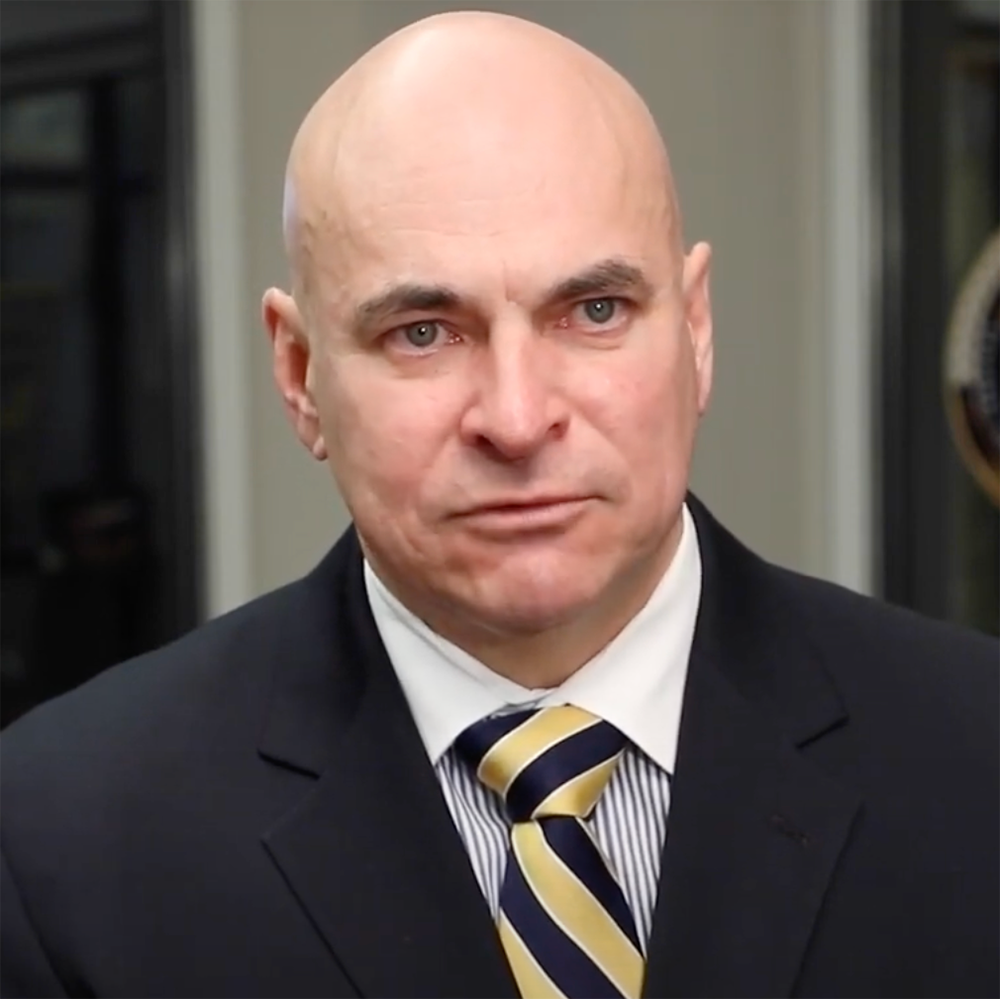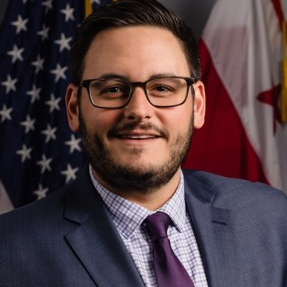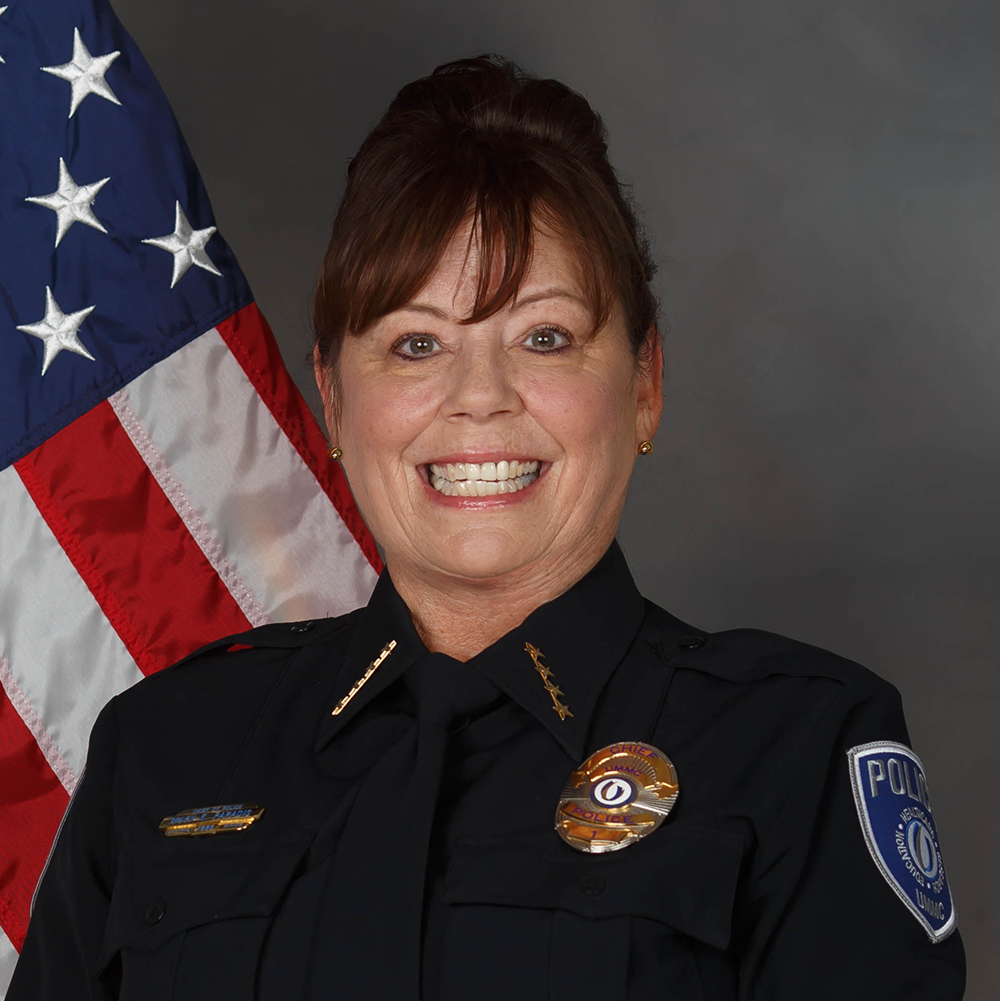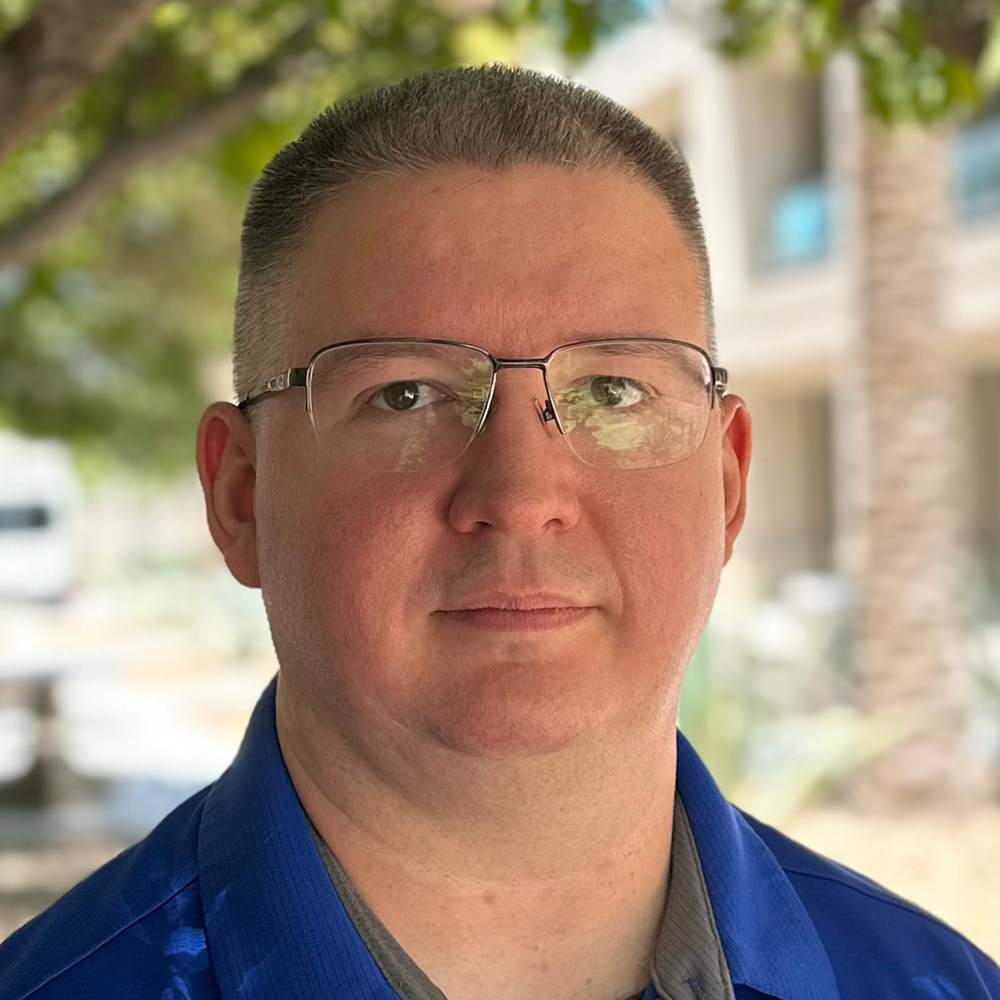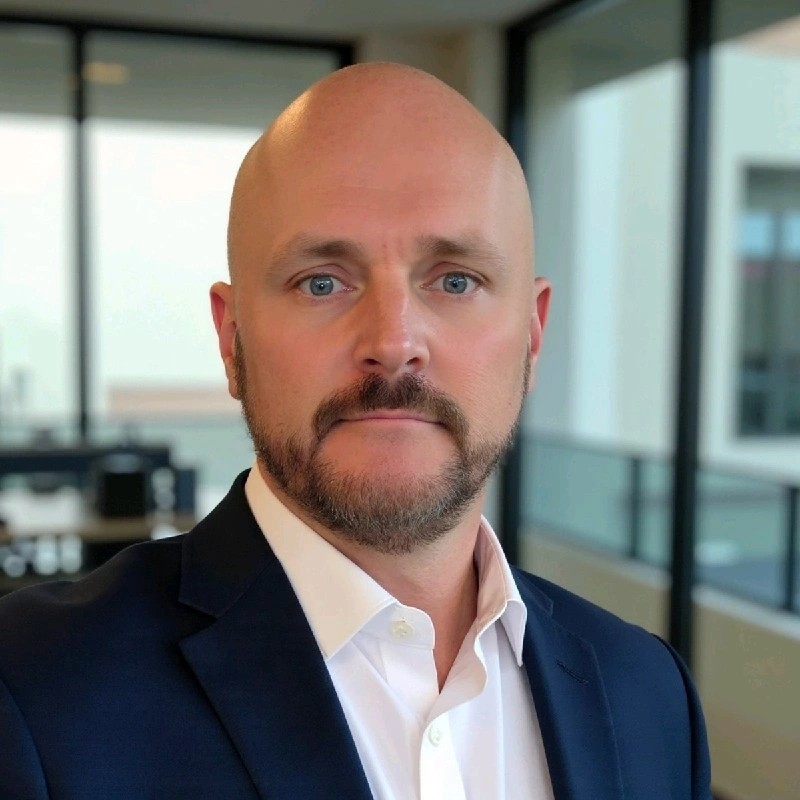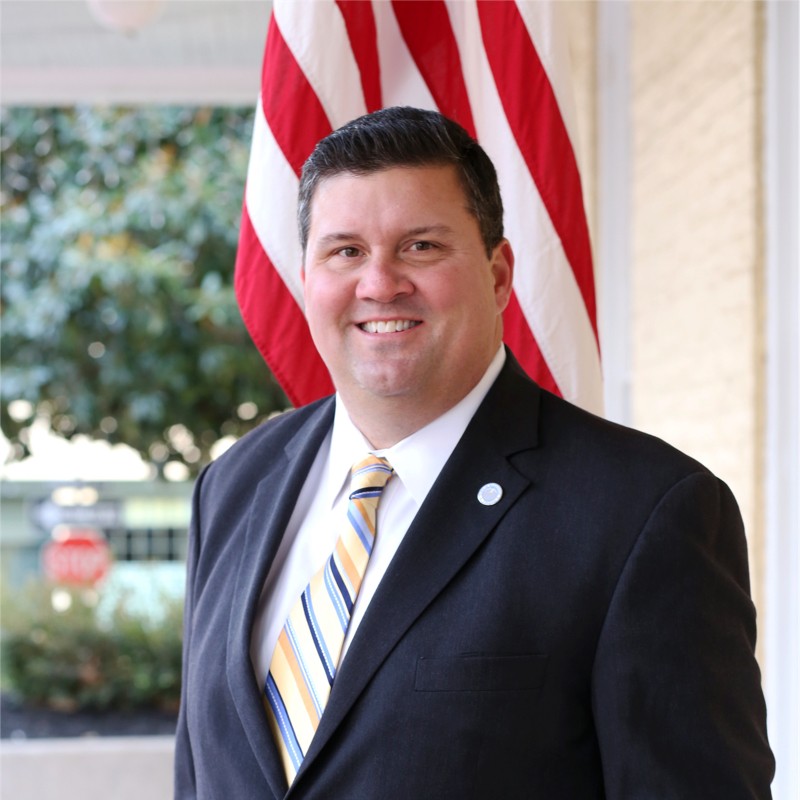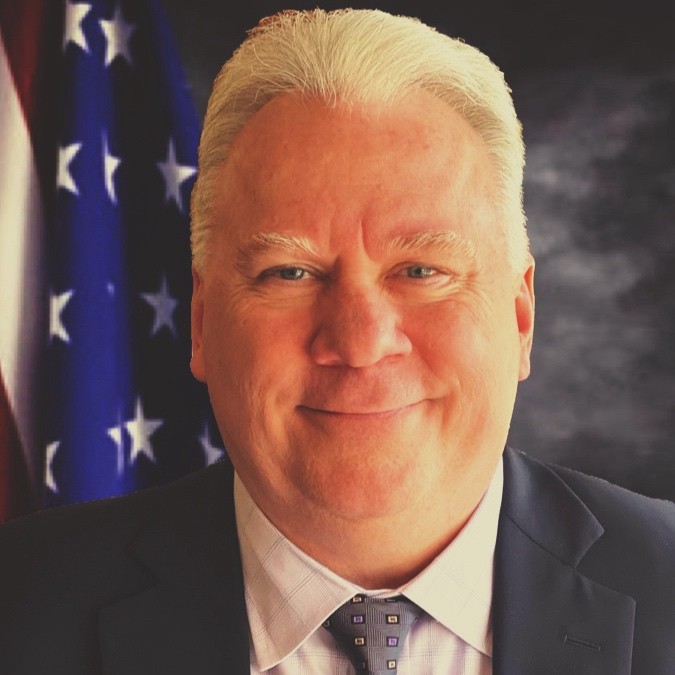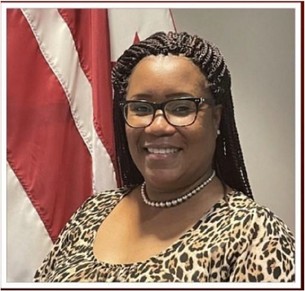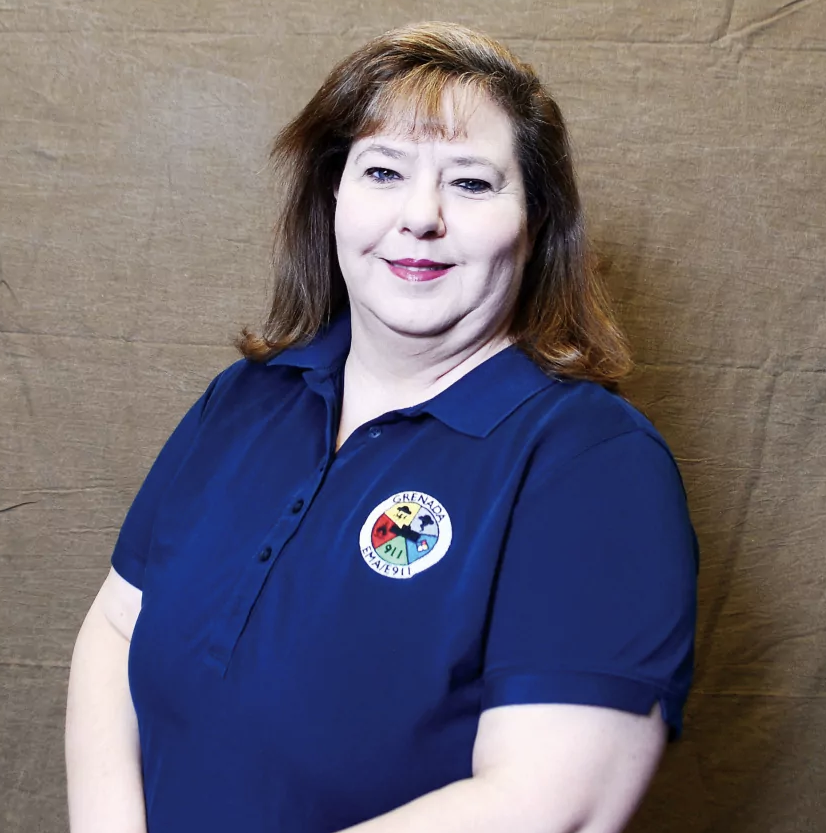8:30 – 8:40 AM - Opening Remarks
8:40 – 9:25 AM - Emergency Management in Virginia: A Complex Adaptive System
Dillon Taylor, Chief of Staff & Senior Counsel – Virginia Department of Emergency Management
This session explores how Virginia leverages the power of networks—through the Commonwealth’s Emergency Support Team at the VEOC—and transparent communication, including weekly statewide all-hands meetings, to foster a crisis-resilient culture. Learn how a small team can drive significant outcomes by building a complex adaptive system
9:25 – 10:00 AM - The Role of the Emergency Operations Center in Washington, D.C.: Coordinating Crisis Response in the Nation’s Capital
Jeremy Bersin, Bureau Chief, Response Coordination, DC HSEMA; Anthony Hill, Bureau Chief, Situational Awareness Bureau, DC HSEMA
As the hub for crisis coordination in the nation’s capital, Washington, D.C.’s Emergency Operations Center (EOC) plays a critical role in managing emergencies, large-scale events, and public safety incidents. This session will provide an inside look at how the EOC operates, its coordination with federal, state, and local agencies, and its role in ensuring a swift and effective response to emergencies ranging from natural disasters to security threats. Experts will share insights on best practices, interagency collaboration, and lessons learned from past incidents.
10:20 – 11:05 AM - Case Study from Manatee County, Florida
Jodie Fiske, Director of Public Safety, Manatee County, FL
With ever changing ways to collect data for situational awareness, there is a way to leverage technology to create one place for information to feed. Manatee County Emergency Management and Public Safety have partnered with Peregrine to create an Integrated Public Safety solution for the county. This workshop will focus on the software solution that brings together multiple data points seamlessly into practical dashboards for emergencies, events, and daily monitoring. A demonstration of the solution use for Manatee County will bring new vision to how we look at extracting data from sources like ESRI, NWS, NHC, CAD, WebEOC, HURREVAC, SCADA, and many more, into a usable product with low effort.
11:05 – 11:35 AM - Drones as First Responders: Enhancing Emergency Operations Through UAS Integration
Charles Werner, Fire Chief (Ret), City of Charlottesville and Founder/Director, DRONE RESPONDERS
Unmanned Aerial Systems (UAS) are transforming emergency response by providing real-time situational awareness, rapid deployment capabilities, and enhanced decision-making support. This session will explore how drones can serve as first responders, integrate seamlessly with Emergency Operations Centers (EOCs), and improve response times for incidents such as search and rescue, disaster assessment, and public safety operations. Experts will discuss best practices, regulatory considerations, and the future of drone technology in emergency management.
11:35 – 12:05 PM - Pushing Public Safety Technology to Its Limits: The Future of Emergency Dispatch
Mary Eileen Paradis, MPS, Chief of Police & Executive Director of Public Safety, University of Mississippi Medical Center Police Department
Trebia Rodgers, University of Mississippi Medical Center Police Department
This session explores how police and emergency management dispatchers can leverage cutting-edge technology to enhance situational awareness, improve response times, and optimize emergency operations. By integrating data from body and vehicle cameras, license plate recognition systems, threat assessment software, and behavioral response algorithms, dispatchers can create a more coordinated, intelligence-driven approach to public safety. Attendees will examine best practices, case studies, and strategies for implementing multi-layered security platforms, gaining insights from a cybersecurity and information management expert with extensive experience modernizing emergency operations centers nationwide.
1:00 – 1:45 PM - Reimagining Emergency Operations Centers: A Facilitated Workshop on Innovation and Strategy
Ariel Triplett, Faculty, University of Virginia Master of Public Safety
This hands-on workshop leverages the experience in the room, including emergency management professionals, public safety leaders, and technology experts to collaboratively shape the future of Emergency Operations Centers (EOCs). Through facilitated discussions, scenario-based exercises, and interactive brainstorming, participants will explore emerging challenges, innovative technologies, and strategies for improving coordination, resilience, and effectiveness in crisis response. Attendees will leave with actionable insights and practical solutions to enhance their EOC operations in an evolving risk environment.
1:45 – 2:20 PM - Elevating 9-1-1: Integrating Technology for Smarter QA, Feedback, and Training
Scott MacDonald, CEO/Co-Founder GOVWORX
In today’s fast-paced emergency communications environment, ensuring consistent quality assurance (QA), actionable feedback, and effective training is critical to retaining and developing skilled 9-1-1 professionals. This session explores how AI and automation are transforming these processes—enhancing call evaluations, streamlining feedback, and enabling personalized training without increasing staff workload. Attendees will gain insights into how cutting-edge technology is reshaping emergency communications centers, fostering continuous learning, reducing burnout, and improving operational efficiency. Real-world examples will highlight practical strategies to build a resilient, high-performing 9-1-1 workforce.
2:35 – 3:15 PM - The Cobb County Real-Time Crime Center Model
Lt. David Thorp, Commander, FOReCAST Unit, Cobb County, Georgia
Cobb County, Georgia, has transformed public safety through its state-of-the-art Real-Time Crime Center (RTCC), leveraging cutting-edge technology and real-time information sharing to enhance law enforcement response and community safety. This session will explore how the RTCC integrates data, surveillance, analytics, and interagency collaboration to provide officers with critical intelligence in the field. Learn how Cobb County's innovative approach serves as a model for modern policing, improving crime prevention, response times, and investigative capabilities.
3:50 – 4:35 PM - A Seat at the Table: Strengthening Interagency Collaboration in Virginia
Sean Polster, Chief Deputy State Coordinator, Virginia Department of Emergency Management and additional stakeholders
In an era of complex and evolving threats, seamless coordination among public safety agencies is essential. This session will explore how the Virginia Department of Emergency Management (VDEM), along with key stakeholders from the Virginia State Police, Fusion Center, Statewide Interoperability Coordinator (SWIC), and Public Safety Answering Points (PSAPs), work together before, during, and after a crisis. Emphasizing the importance of left-of-boom coordination to drive interoperability right of boom, this discussion will highlight how technology, intelligence-sharing, and cross-agency collaboration enhance Virginia’s emergency preparedness and response capabilities.
4:35 – 5:15 PM - Innovations from the Nation’s Capital: Leveraging AI For Emergency Operations and Communications
Tipi Brookins, Chief of Staff, Washington DC Office of Unified Communications
As the communications hub for the nation's capital, the DC Office of Unified Communications (OUC) is at the forefront of integrating artificial intelligence to transform emergency response. In this session, Tipi Brookins will share insights on AI initiatives designed to optimize call volume management, enhance dispatcher efficiency, and improve retention efforts. Attendees will gain a unique perspective on how Washington, D.C.—a city with some of the highest-profile emergency response demands in the country—is leveraging technology to shape the future of emergency operations and communications and set a national standard for innovation in public safety, facilitating emergency response.
8:30 – 9:15AM - Building a High-Tech Public Safety Hub: Integrating Space, Culture, and Innovation
Dave Fontneau, Director, Technology Division, Orange County California
Discover how a cutting-edge technology center was strategically designed to enhance collaboration and innovation in public safety. This session will explore the integration of the Emergency Operations Center (EOC), Fusion Center, Emergency Communications Center (ECC), Real-Time Crime Center (RTCC), and Special Operations under one roof. Learn how intentional design, technology, and culture can transform public safety operations and serve as a model for agencies looking to optimize their own infrastructure.
9:15 – 10:00 AM - Global Innovations in Emergency Operations Centers: Lessons from International Collaboration
Eddie Reyes, Deputy Chief (Ret)
Emergency Operations Centers (EOCs) worldwide are evolving to meet the demands of modern crises. This session will explore international models of EOC operations, highlighting best practices in data interoperability, AI-driven analytics, cloud-based platforms, and next-generation communication technologies. Attendees will gain insights into overcoming legacy system challenges, fostering interagency collaboration, and enhancing situational awareness. Case studies from various countries will showcase innovative approaches to crisis response, offering practical strategies for building more resilient and technologically advanced EOCs.
10:15 – 11:00 AM - Bridging the Gap: Interagency Coordination in New Jersey’s Public Safety Network
Lt. Col (Ret) Joseph Brennan, New Jersey State Police
Effective interagency collaboration is critical in addressing complex public safety challenges. In this session, participants will have an in-depth look at how the New Jersey State Police fosters seamless coordination among local, state, and federal partners through its Emergency Operations Center (EOC) and Real-Time Crime Center (RTCC). Attendees will gain insight into how these resources enhance intelligence sharing, streamline emergency response, and support proactive crime
11:00 – 11:45 AM - The STARS Network and Interoperability: Advancing Interoperability and Information Sharing in Virginia
Tom Bradshaw, Commander, Virginia State Police and Rich Schoonover, Virginia State Police
Seamless communication and data integration are critical for effective emergency response and public safety operations. This session will explore the Virginia State Police’s efforts to enhance technical preparedness, interoperability, and information sharing across the Commonwealth. From integrating communication systems to strengthening data-sharing capabilities between local, state, and federal agencies, this discussion will highlight the strategies and technologies driving a more connected and resilient public safety network. Attendees will gain insights into ongoing initiatives ensuring that first responders and emergency managers have the tools they need to coordinate effectively during crises.
11:45 – 12:30 PM - Crime Fighting through Technology Integration
Detective Paden Weber, Las Vegas Metropolitan Police Department
Learn how LVMPD approaches the RTCC model. This session will provide background and real-world success cases and also include some background on the current state of LVMPD “Police Private Partnership” technology sharing efforts to supplement the above.
12:30 - 1:00 PM - Wrap Up and Conclusion
Ben Haiman, Executive Director of Public Safety and Justice UVA





